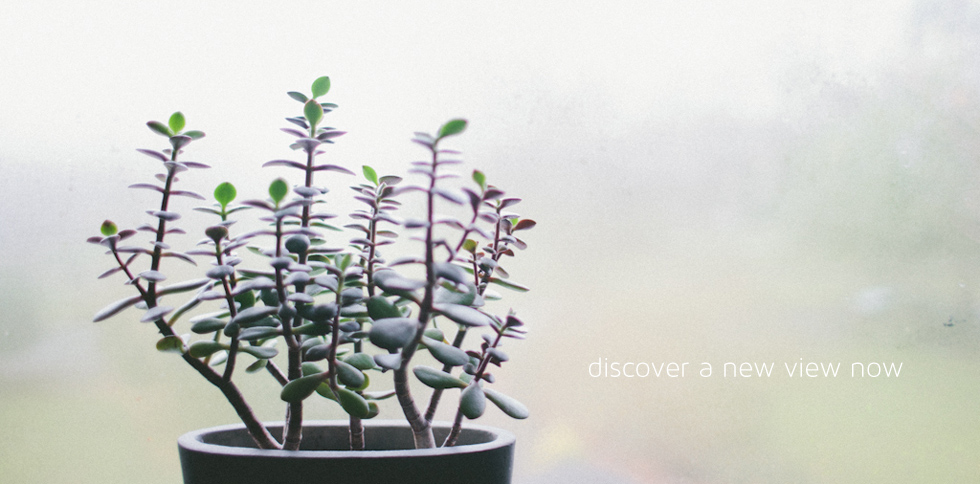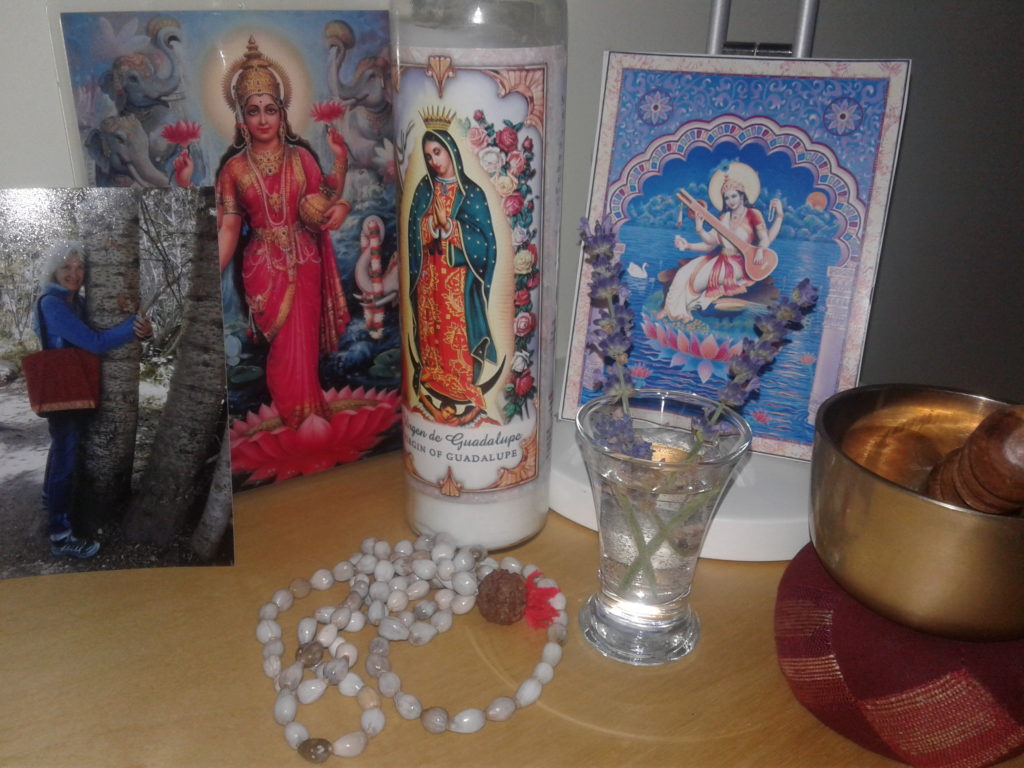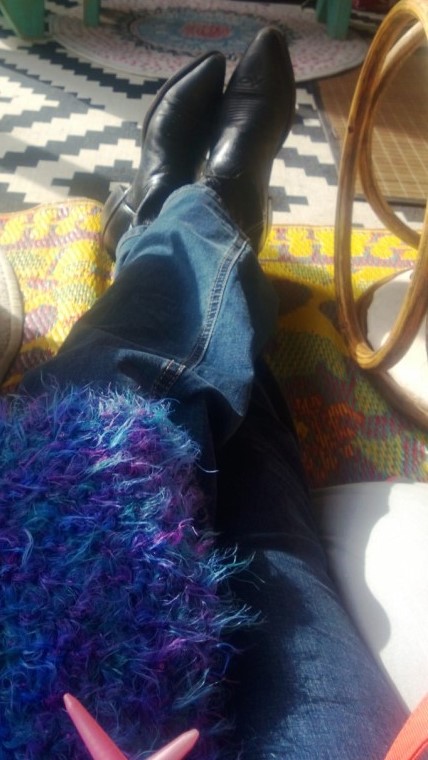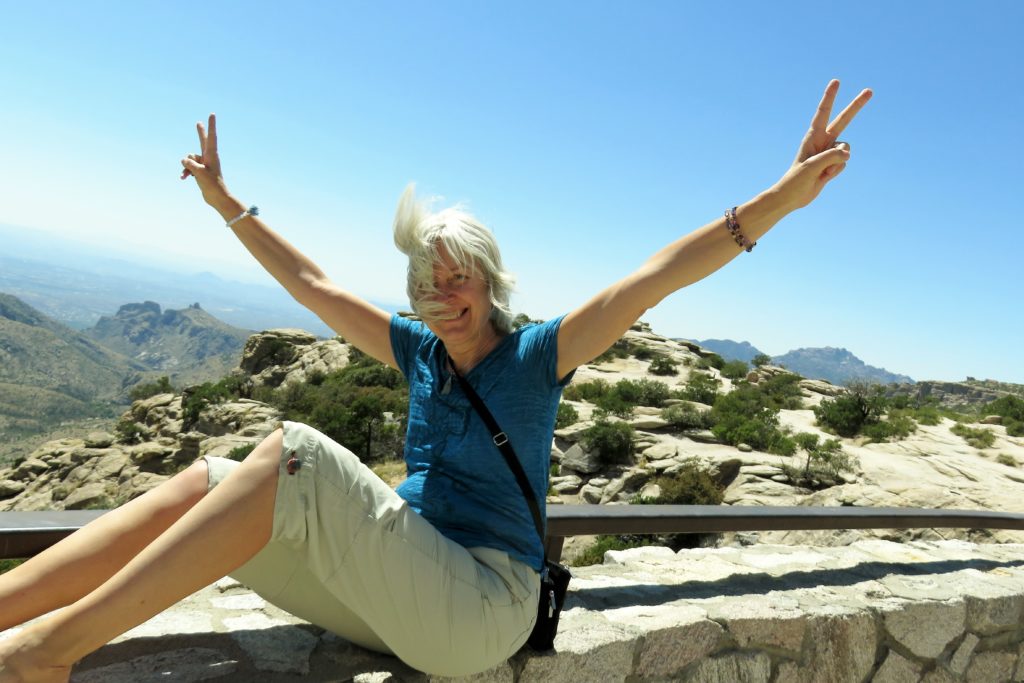
Five stars. Not merely enough for January’s morning quiet, for the dark time when the slightly waning Wolf Moon, the Lakota’s Stay Home Moon, shines high in the western sky surrounded by handfuls of random flickering stars. Accept the invitation to throw a blanket over your shoulders, open the front door and step barefoot on to the deck and you’ll not be disappointed. Stillness will penetrate you, possibly more deeply than the cold rushing up through the soles of your exposed feet or the frosty air seeping slowly in through your nostrils, winding down your windpipe into the tiniest of your alveoli.
Here in the sacred, bracing temple of the passing night, you will stand appearing to do nothing and doing everything. You will blink trying to train your eyes upon Mother Moon’s subtle rings, already aware that Father Sun is gently scaling the mountain behind you. Night into day, into night, into day. A ceaseless tempo, a never-ending wheel, a dependable rhythm to be counted on like death and taxes. Seen today, yet present even in invisibility.
Here there is only silence which is why you rise earlier and earlier to catch this morning quiet. After the coyotes have howled, before the prairie dogs stir and the Colorado blue birds begin to twitter. When the shivering starts, as it inevitably will, it is best to turn and place your chilly hand on the door’s steely cold handle. It is also advisable to look over your shoulder one last time as you push that handle down, but not the sadness you feel at saying goodbye to Mother Moon and her attendant canopy of stars.
You move lightly with only the moonlight to guide you, your cold bare feet caressing the bamboo floor gently, before stepping on to the thick red carpet. Cautiously, making as little sound as possible, you remove the blanket from your shoulders and lower yourself into the chair, feet now poking out of the blanket that covers you on the footstool that doesn’t match. In a moment, your hand will reluctantly drop to the floor, searching sightlessly for the paper lantern’s switch. With a quick inhale, you will push the button and yellow warmth will fill this corner of the room. The furnace’s heavy puffing will cease; all you will hear is the gentle hum of the refrigerator.
This is your time. Morning quiet before the day and you begin. Take a few minutes to sink into what will soon be the remnants of this precious silence; letting the stillness pirouette in your ears. Savor these moments of wonder. This is not the time to hurry. Plenty of time remains to straighten the blanket, to cover your seven exposed toes. To pick up your pen and notebook. Choose instead to bask in the pulsing stillness knowing that before long you will reach down to turn off the paper lamp, look up one more time to notice Mother Moon’s reflection on the chrome deck rails, and note the gray clouds of day rushing in.





